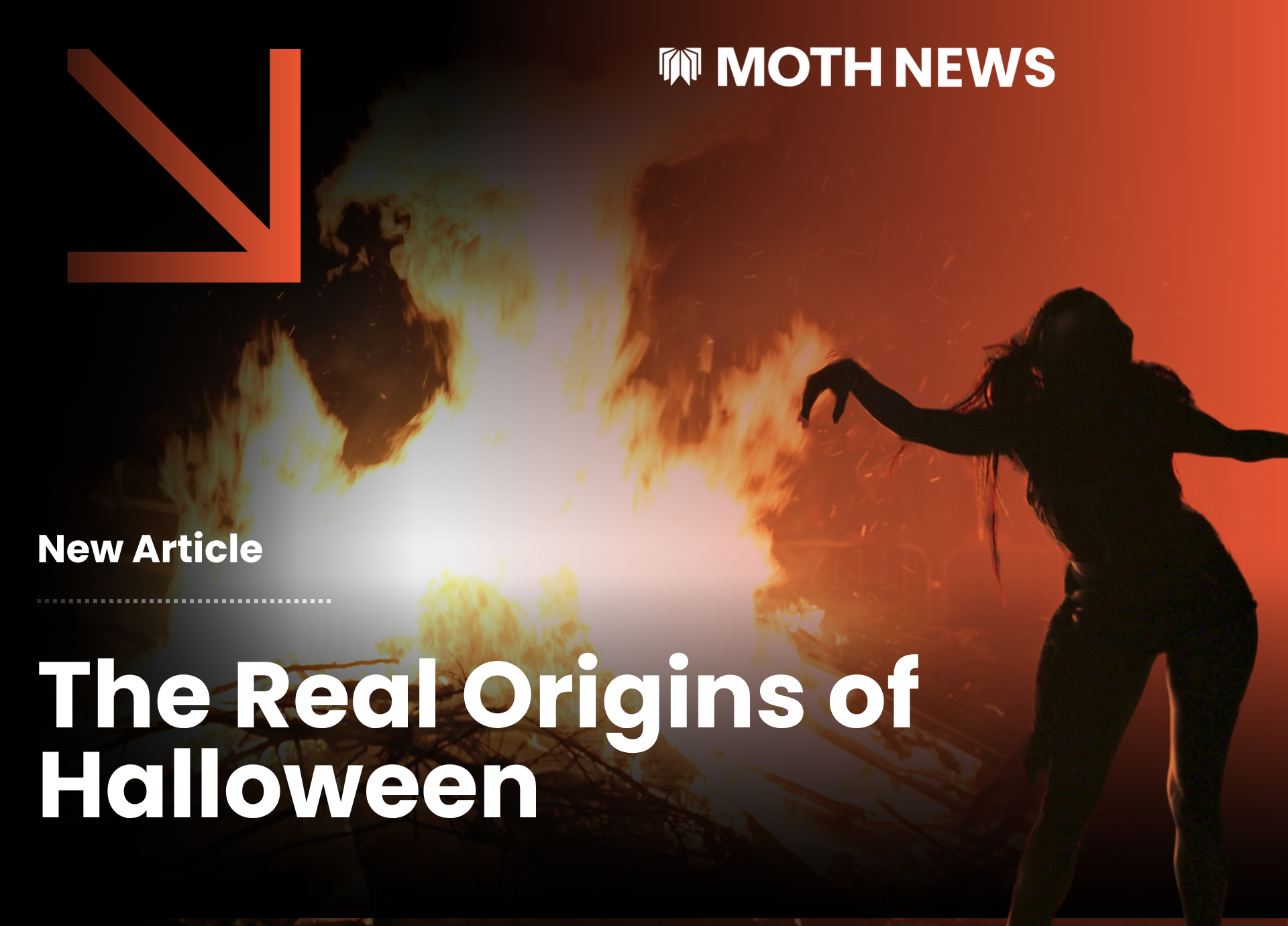
The Real Origins of Halloween
By Oscar Virdee
Every October, we collectively decide that death is fun again. We carve smiling faces into vegetables, hang fake corpses in our gardens, and hand out miniature chocolate bars like an apology for existing. But beneath the sugar and synthetic cobwebs, Halloween has some very real ghosts, and not the kind that rattle chains.
The holiday didn’t begin in a pumpkin patch, but in a field of dying crops somewhere in Ireland about two thousand years ago. The Celts called it Samhain, pronounced “Sow in”, because vowels were apparently optional back then. Samhain marked the end of summer, the beginning of winter, and the time when the veil between the living and the dead was said to thin.
As America Magazine notes, “Most sources trace the pre-Christian roots of Halloween to the Celtic harvest festival known as Samhain … which was believed to be the time of year when supernatural spirits could be visible to and in touch with people on earth.”
The Celts believed that during this liminal period, spirits could cross over, mingle with humans, and if you were unlucky, ruin your crops or steal your cows. Bonfires were lit on hilltops, people wore animal skins and masks, and food was left outside as offerings — partly to honour the dead, partly to persuade them to go haunt someone else. It was less a celebration, and more a polite negotiation with the afterlife.
According to a historical overview from Boston University, “The practices of Halloween mostly come from Celtic paganism in the British Isles … the feast of Samhain, celebrated on the last day of October into the first of November.”
Then, the Romans arrived — because of course they did.
And what did the Romans ever do for us? Well, roads, aqueducts, central heating — and apparently, Halloween. They took the Celtic festival of Samhain and gave it a Roman makeover, blending it with Feralia, their day for honouring the dead, and Pomona, a feast for the goddess of fruit and orchards. That’s probably where apple bobbing comes from — the moment when death rituals met seasonal produce. One of Halloween’s oldest traditions is, technically, ancient Roman fruit foreplay.
Christianity, as it tended to, saw something pagan and decided to make it holy. Around the eighth century, Pope Gregory III moved All Saints’ Day to November 1, right on top of Samhain, in an attempt to rebrand the old festival. The night before — All Hallows’ Eve — slowly morphed into “Halloween.”
As Dr Marcel Brown explained to Vatican News (2019), “The word Halloween refers to the Feast of All Saints. … Even ghosts and goblins are supposed to be reminders of death and of the last things.”
By the Middle Ages, Halloween had evolved into a custom known as souling — people, often children or the poor, would go door to door offering prayers for the dead in exchange for food, usually soul cakes baked to help get relatives out of purgatory.
The Oxford Companion to the Year (1999) describes soul cakes as “small round cakes, often with a cross marked on top, which represented a soul being freed from purgatory.” If you think that sounds like the prototype for trick-or-treating, you’re right. It’s basically medieval Uber Eats for the dead.
The Irish brought the custom to America in the 19th century, where it mixed with harvest festivals, parades, and a growing appetite for pranks and parties. Pumpkins replaced turnips for lantern carving (because they were bigger and easier to hollow out), and Halloween shifted from religious observance to pop culture carnival.
By the 20th century, the ghosts had become decorative, and the demons wore polyester. The festival’s darker edges were sanded down into something marketable. Coca-Cola started printing pumpkins; Hollywood made slashers; candy companies cashed in.
And yet — the core of Halloween has survived. Behind the costumes and sugar rushes, it’s still about what it’s always been about: fear, change, and facing the unknown together.
Because every October, as the light fades and the air turns cold, we’re still trying to make peace with the dark.
Subscribe to our mailing list
Get notified on the latest episodes and when they drop.


.png)

.png)
